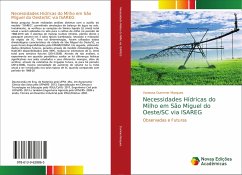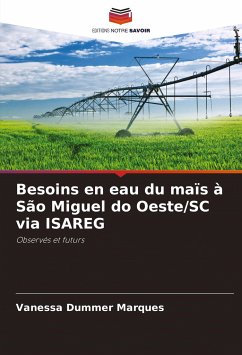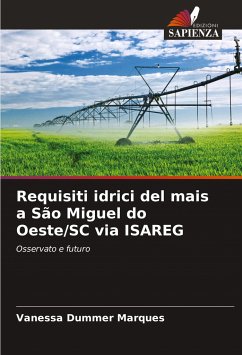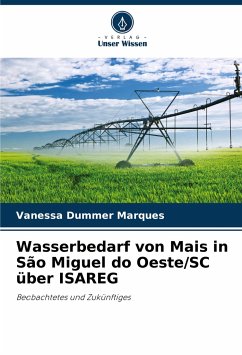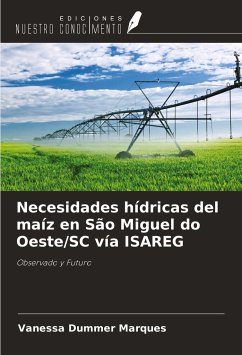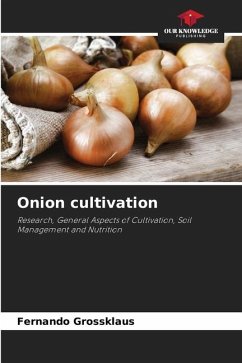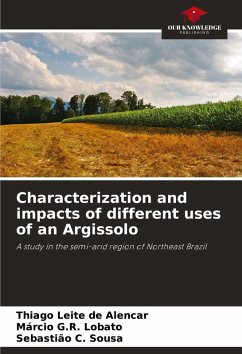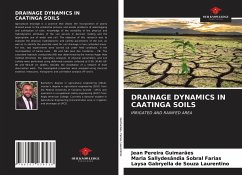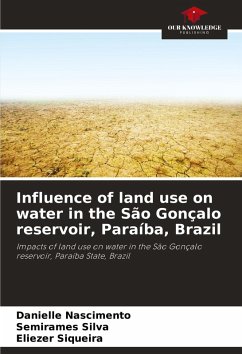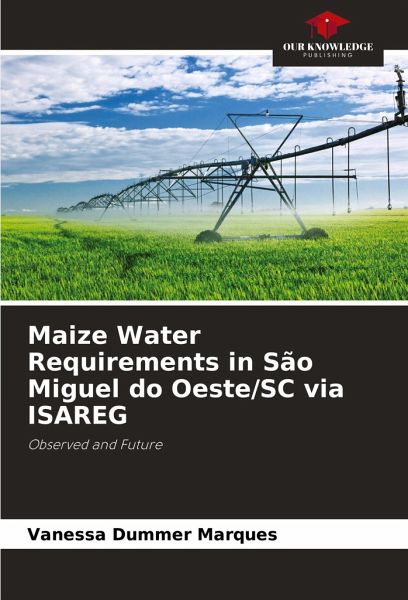
Maize Water Requirements in São Miguel do Oeste/SC via ISAREG
Observed and Future
Versandkostenfrei!
Versandfertig in 6-10 Tagen
33,99 €
inkl. MwSt.

PAYBACK Punkte
17 °P sammeln!
In this study, different analyses were carried out using the "ISAREG" model, allowing simulations of the water balance in the soil. Initially, the variations in the total annual net blade (LL (mm)) to be applied to the soil for corn cultivation in the period 1988-2010 under 3 management systems (minimum tillage, no-till and perennial pasture) in 3 typical soils (cambisol, latossol and nitossol) in the SC region were verified. To determine this, we used climatological data from the city of São Miguel do Oeste/SC, which was provided by EPAGRI/CIRAM. Then, using future climate data generated by ...
In this study, different analyses were carried out using the "ISAREG" model, allowing simulations of the water balance in the soil. Initially, the variations in the total annual net blade (LL (mm)) to be applied to the soil for corn cultivation in the period 1988-2010 under 3 management systems (minimum tillage, no-till and perennial pasture) in 3 typical soils (cambisol, latossol and nitossol) in the SC region were verified. To determine this, we used climatological data from the city of São Miguel do Oeste/SC, which was provided by EPAGRI/CIRAM. Then, using future climate data generated by the Eta-HadCM3 climate model provided by INPE, estimates were made of total LL (mm) for future scenarios (2014-2036). Through these analyses, the experiment in question made it possible to assess whether there are significant water differences in the soils studied and their different managements, in addition to verifying, through the estimation of future irrigation, whether for this period (2014-2036), there will be a need to increase the volume of total annual LA to be introduced in the typical soils of Santa Catarina when compared to the 1988-2010 period.





